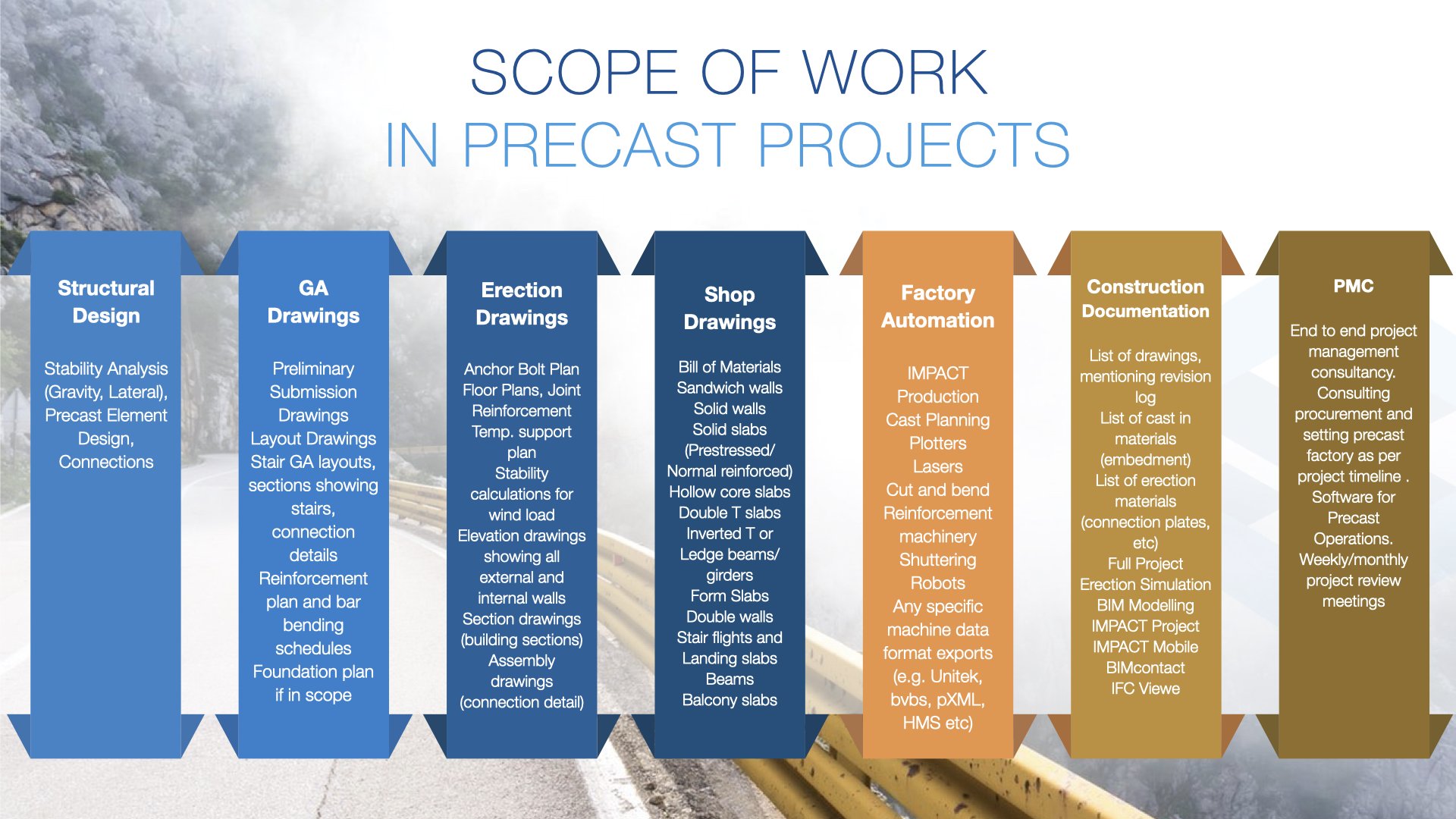The year 2020 has taught the world the significance of time and money and at the same time, the importance of planning and management with respect to any project. The two most critical aspects in any construction project are time and money. The BIM technology enables all the stakeholders of construction projects, such as architects, engineers, consultants and builders to work in tandem and derive accurate estimations for both time and cost of the project. The accurate estimations help the stakeholders in controlling project costs as well as facilitating efficient project management.
Now, let’s have a look at the Top 5 Reasons Why the Indian Construction Industry Should Adopt BIM, 2020 Onwards:
1. BIM gives a real view of the construction project
The drawings on paper have their own limitations and the BIM surpasses those limitations by creating a real-life model of the incepted design. Such a real-life model created using BIM technology gives an accurate vision of how a particular building, bridge or any other infrastructural design is going to look upon its completion. Due to their inability to cater to the issues of the actual construction, the designs carved out on paper tend to undergo modifications. Whereas, on the other hand, the digital designs created using the BIM technology provides much deeper insights into the nitty-gritty of doing the construction of the design.
2. BIM helps in eliminating unbudgeted changes
BIM technology helps in creating a single system of record by creating a virtual model, which becomes a reference point for all the stakeholders of the construction project. Such a common reference point helps in executing all discussions and plans in an efficient manner. Thereby, curtailing the unbudgeted changes made on-the-fly during different phases of construction. With the hep of the virtual model, the progress of construction can also be tracked. With real-time tracking of the progress, deviations between the plan and the actual can be easily identified. This means no last-minute changes and great savings on costs due to unforeseen changes in the actual design.
3. BIM helps in cost monitoring
Curtailing the project cost is the biggest challenge in any construction project. The project cost depends on factors such as time, labour and quantity of materials required. The virtual model created using the BIM technology helps in providing the most accurate estimations of the project, that cannot be calculated otherwise. The accurate estimations help in saving the cost of the inventory since materials can be ordered only for the quantity required and at the time when they are required. Aspects such as over-ordering, delays due to under-ordering, costs of storing material on-site, material loss, etc. are eliminated.
4. BIM helps in streamlining the work
By the time a project is complete, the infrastructural design is bound to see a large number of changes. In the process of making the required changes and updations to the proposed design, the paper drawings become a hassle. BIM technology helps in reducing the chances of extra work or re-work. Due to its digital nature, the model can be easily updated. Changes are not only instant but also available to all the stakeholders in the real-time.
5. BIM helps in resolving the potential conflicts by use of clash detection
In construction projects, there are several activities that could end up getting in each other’s way during the process of construction. For eg. consider piping or electrical conduit going thru a beam. Clashes can also occur with HVAC, plumbing, and other activities as well. Under the traditional framework, the only option is to redesign and re-work. However, on the other hand, the BIM model can help to identify any potential clashes during the design process itself. Therefore saving time and cost as well as ensuring the timely completion of the project.
With all these solid reasons, we can conclude that in the time to come, it is imperative for the Indian construction industry to adopt and implement BIM technology. We at StruEngineers are providing end-to-end solutions for construction projects. Our 35 years of legacy and international expertise is contributing to clients across the globe. We are happy to invite you to explore our services, for your construction projects.

FAQs on Why the Indian Construction Industry Should Adopt BIM
BIM contributes to sustainability by optimizing material usage, reducing waste, and improving energy efficiency. It allows for better analysis of environmental impacts and supports the design of greener, more sustainable buildings.
BIM enhances quality and accuracy by providing detailed 3D models that allow for precise planning and execution. It enables clash detection, accurate quantity take-offs, and better visualization of the project, ensuring that the final construction meets design specifications.
Adopting BIM can lead to significant cost savings by minimizing errors, reducing rework, and optimizing resource utilization. It also improves project planning and management, leading to more efficient use of time and materials.
BIM improves collaboration by providing a shared digital model that all stakeholders can access. This fosters better communication, coordination, and real-time information sharing, reducing misunderstandings and project delays.
Building Information Modeling (BIM) is a digital representation of a building’s physical and functional characteristics. It is crucial for the Indian construction industry as it enhances collaboration, improves accuracy in design and construction, and reduces project costs and timelines.



